One of the real pleasures of my work as a rabbi is that I get to spend time with the children in our schools. Recently, the third-graders of Temple Emanuel Academy Day School decided to interview me.
They asked all kinds of questions: “How do you get to become a rabbi?” “What do you like best about your work?” “Don’t you ever get tired?” “Do you have any goldfish?” These are all questions I’ve been asked before. But then there was a new one: “How do you decide what to give a sermon about every week?” Good question.
I asked the kids what they would do.
One of them said: “Well, I’d look into the Torah.” Good answer.
I asked another question: “And this week, what would you talk about?”
“Well,” one child answered, “it is Parshat Bo — it is about Moses going to Pharaoh.”
Then another child said: “Not me. I wouldn’t talk about the Torah. I would talk about the inauguration of the first African American president and about it happening the day after Martin Luther King’s birthday.”
Then another said: “Why not do both? You can tell the story and then talk about the things Martin Luther King worked for, like justice and freedom. It is sort of what the Torah is about this week, isn’t it?”
They were right, of course. And if these kids were older, they might also have suggested that I talk about Rabbi Abraham Joshua Heschel.
In honor of Rabbi Heschel’s yahrzeit, which was just a few weeks ago, I shared with my congregation the words of the speech he delivered at the National Conference on Race and Religion in January 1963, where he first met Dr. King: “At the first conference on religion and race, the main participants were Pharaoh and Moses…. The outcome of that summit meeting has not come to an end. Pharaoh is not ready to capitulate. The Exodus began, but we are still stranded in the desert. It was easier for the Israelites to cross the Red Sea than for men and women of different color to enter our institutions, our colleges, our universities, our neighborhoods.”
This week we do cross the Red Sea, as we read Beshalach. This is the setting for two of my favorite midrashim. The first describes how the Israelites are encamped at the sea, water in front of them, Pharaoh’s armies closing in behind them. Moses doesn’t know what to do, so he stands on the shore of the sea praying, “What should I do; what should I do?” God responds: “Moses, there is a time for praying and a time for action … now is the time for action.” Just at that moment, Nachson ben Aminadav jumps into the water, and then the sea splits. Nachson, the descendant of Tamar, is the ancestor, through Ruth, of King David. Nachson, like Dr. Martin Luther King Jr. and Rabbi Abraham Joshua Heschel and our new president, had the courage and faith to take incredible risks and so helped bring a bit of redemption into our world.
The second midrash suggests how we are to think about our enemies: When the Egyptian armies were drowning in the sea, the angels broke out in songs of jubilation. God silenced them and said: “Why do you sing for joy? Those Egyptians who are drowning are also my children.”
The Talmud, in Tractate Rosh Hashanah (33b), refers to this week’s haftarah, the Song of Deborah, to teach something extraordinary about enemies and about redemption. I learned it from Rabbi Ed Feld. It asks what the sounds of the shofar should actually sound like. One response is that it should be the crying sounds that Sisera’s mother makes when she learns of her son’s death.
It is an astonishing answer. Sisera was a Canaanite general who oppressed Israel. Deborah, the prophetess, gathers an army to oppose him. He is defeated, runs away and is killed by Yael. Sisera is our enemy, and yet we are asked to hear the cry of his mother; to hear, and to respond, because the shofar signals the possibility of redemption. We are meant to learn that the moment of redemption can only arrive when we are able to notice the humanity of the other, even if the other is our enemy. The sounds of the shofar teach what Dr. King and Rabbi Heschel taught: Our redemption is dependent on our hearing the pain of the other.
If they were alive today, Dr. King and Rabbi Heschel might remind the Palestinians that unless they understand the pain of Israeli families who have had to live with fear of missiles, which could destroy them, redemption is not possible. And they might remind Israelis and American Jews that unless we try to understand what the destruction of homes and the loss of life in Gaza means for a Palestinian, redemption won’t come. And they might say to Hamas, “Until you love your children more than you hate Israel, redemption will not come.” And they might say to the teachers of Palestinian children, “Do not teach the next generation from hate-filled textbooks.” And they might say to the children in our day school, “Yes, you are right; the Torah portion is about the things we both worked for. You need to work for them, too.”
Rabbi Laura Geller is senior rabbi of Temple Emanuel of Beverly Hills, a Reform congregation.
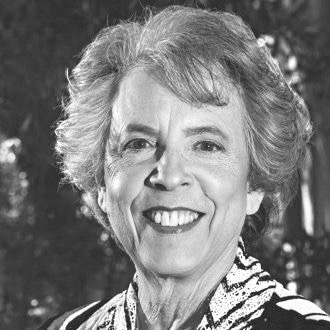






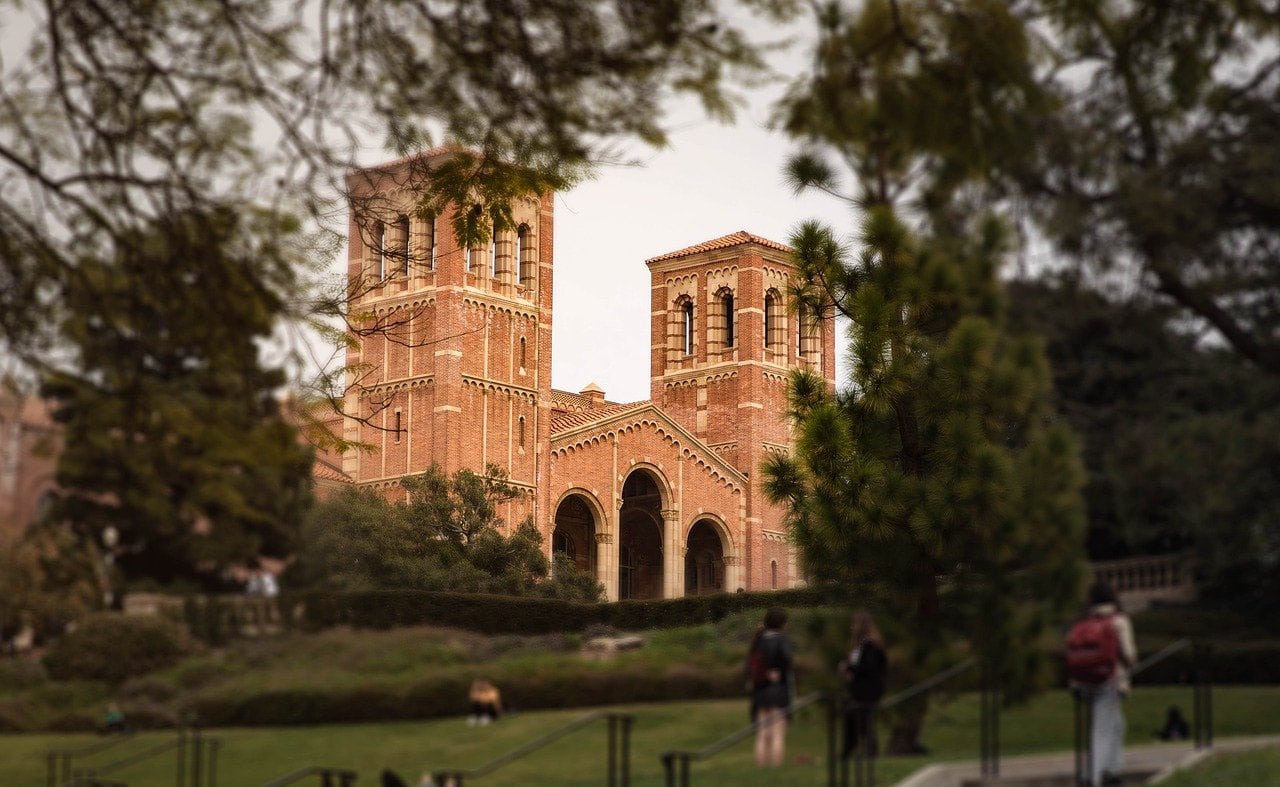
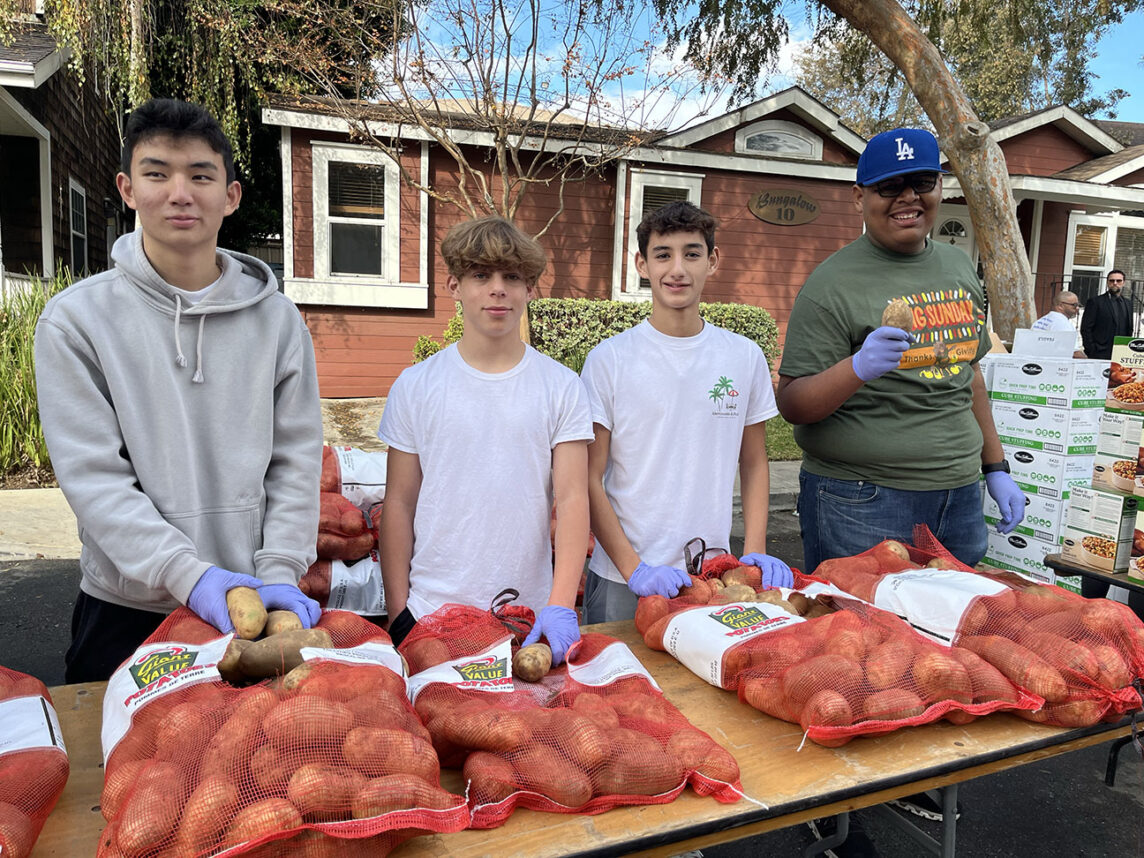

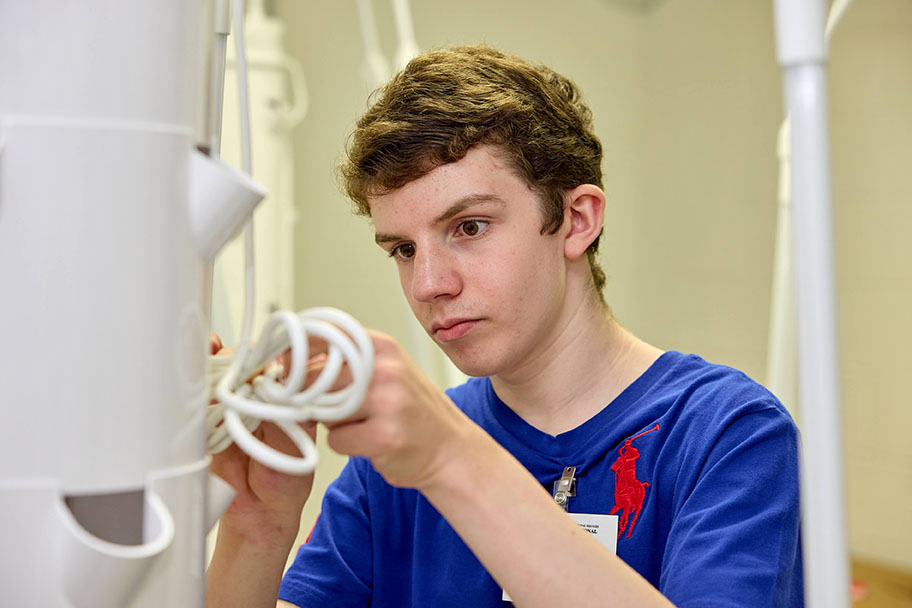

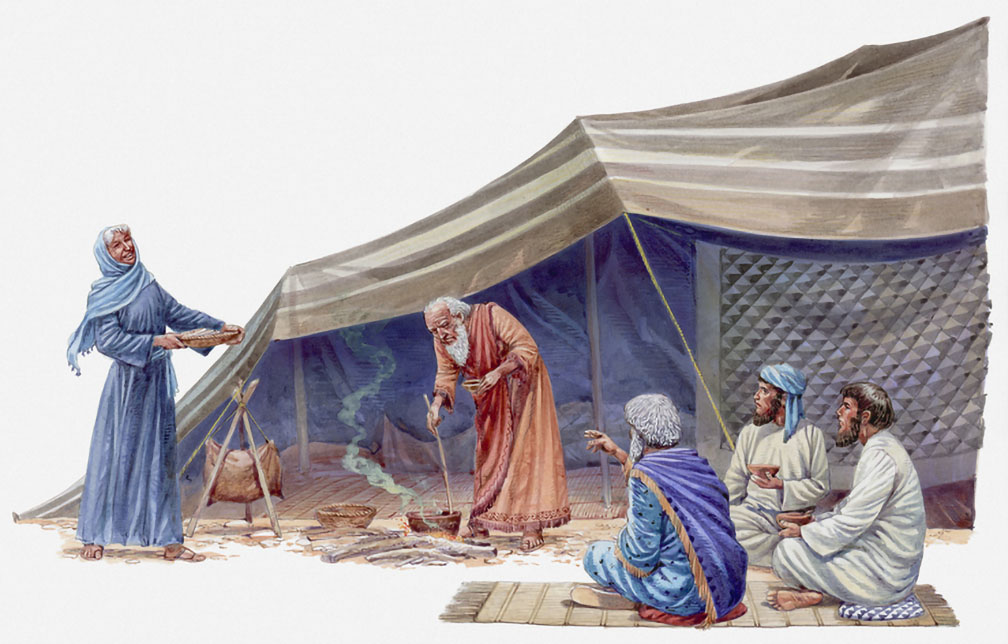
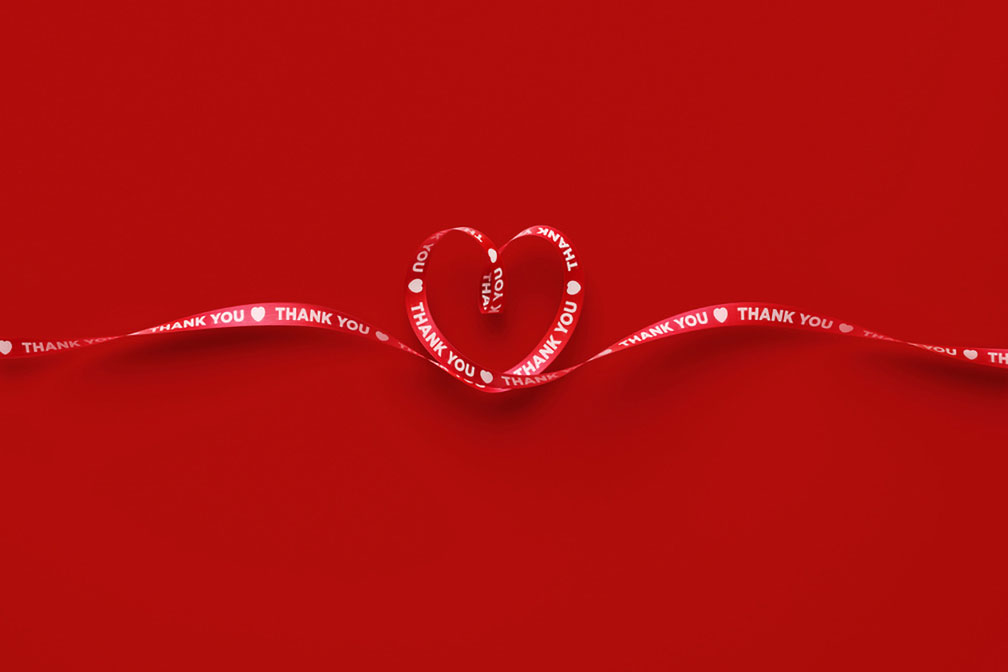
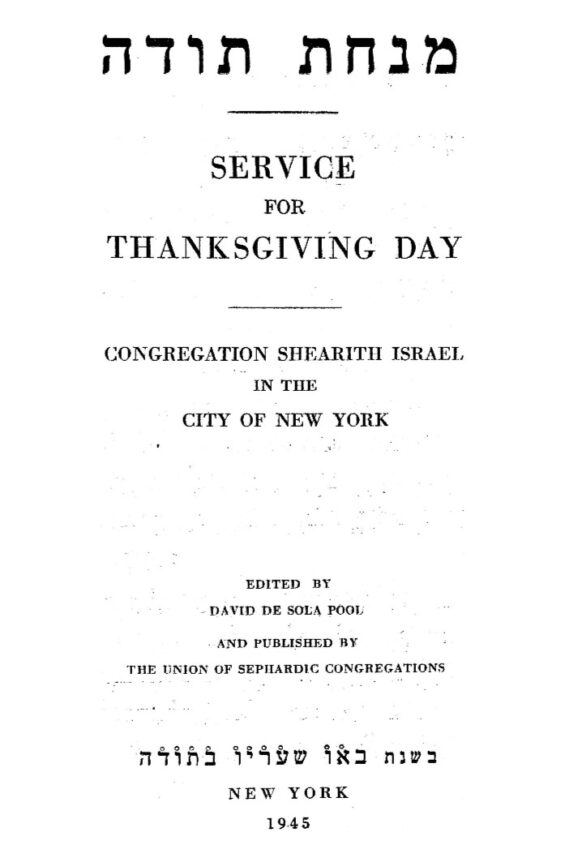






 More news and opinions than at a Shabbat dinner, right in your inbox.
More news and opinions than at a Shabbat dinner, right in your inbox.